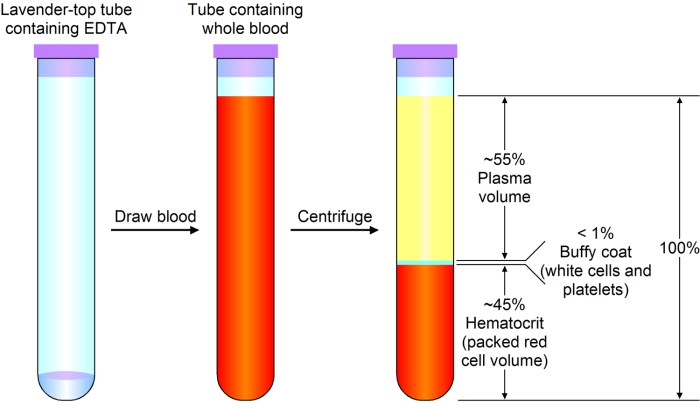Art-labeling activity the composition of whole blood – Delving into the fascinating realm of art-labeling activity, this exploration unravels the intricacies of whole blood composition. Art-labeling techniques, rooted in the expressive power of art, have revolutionized our understanding of this vital fluid, providing invaluable insights into its components and their significance for human health.
The composition of whole blood, a complex symphony of cellular and plasma elements, plays a crucial role in maintaining physiological balance. Red blood cells, the oxygen-carrying workhorses, white blood cells, the vigilant defenders against infection, platelets, the essential agents of clotting, and plasma, the nourishing fluid matrix, each contribute to the intricate choreography of life.
Art-Labeling Activity: Background

Art-labeling activities involve using art to label or classify objects or concepts. Art has been used for labeling purposes throughout history, from cave paintings to modern-day infographics. Art-labeling activities can help individuals understand and organize information, develop critical thinking skills, and express their creativity.
Composition of Whole Blood

Whole blood consists of several components, including red blood cells, white blood cells, platelets, and plasma. Red blood cells carry oxygen throughout the body, white blood cells fight infection, platelets aid in blood clotting, and plasma transports nutrients and hormones.
Methods for Art-Labeling Whole Blood Components
- Immunofluorescence:Uses antibodies to label specific proteins on the surface of blood cells, allowing for their identification and classification.
- Flow cytometry:Measures the physical and chemical characteristics of individual blood cells, enabling their separation and analysis.
- Mass spectrometry:Identifies and quantifies proteins in blood samples, providing insights into the composition and function of blood cells.
Applications of Art-Labeling in Whole Blood Analysis, Art-labeling activity the composition of whole blood
Art-labeling techniques are used in various medical diagnostics, including:
- Blood typing:Determining an individual’s blood group for safe blood transfusions.
- Leukemia diagnosis:Identifying and classifying different types of leukemia cells.
- Monitoring immune function:Assessing the number and activity of white blood cells in response to infection or disease.
Challenges and Future Directions in Art-Labeling of Whole Blood
Challenges in art-labeling of whole blood include:
- Autofluorescence:Background fluorescence from blood components can interfere with labeling signals.
- Antibody specificity:Antibodies may cross-react with multiple antigens, leading to inaccurate labeling.
Future directions include:
- Multiplex labeling:Using multiple labels to simultaneously identify and quantify different blood cell populations.
- Single-cell analysis:Studying individual blood cells to understand their heterogeneity and function.
User Queries: Art-labeling Activity The Composition Of Whole Blood
What are the advantages of art-labeling techniques in whole blood analysis?
Art-labeling techniques offer several advantages, including enhanced visualization, increased specificity, and the ability to identify and quantify specific blood components with greater accuracy.
How has art-labeling been applied in clinical settings?
Art-labeling has been successfully employed in clinical settings for disease diagnosis, monitoring treatment response, and identifying blood abnormalities associated with various health conditions.

